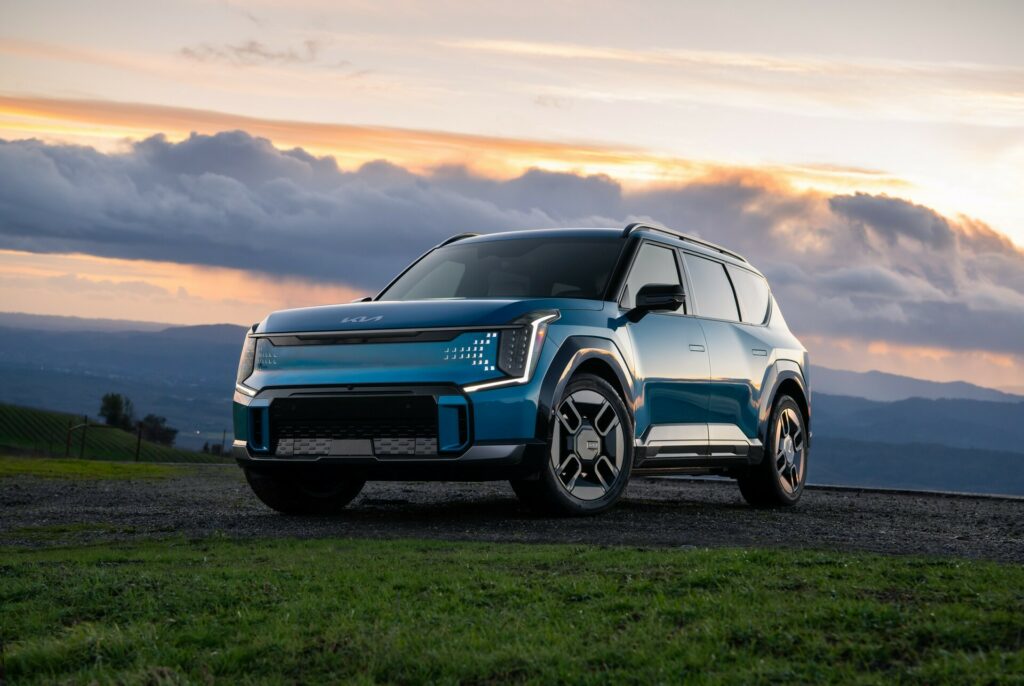- Kia will manufacture an all-electric version of the Carens MPV in India for global export.
- This electric Carens is expected to launch in the second half of 2025 and will likely be positioned as a more premium offering compared to base models.
- It will be joined by two more electric cars in India.
An all-electric version of the Kia Carens MPV-cross-SUV is in the works and will be manufactured in India before being exported around the world. This new model is tipped to launch in the second half of 2025.
The Carens is currently in its fourth generation in India and was thoroughly updated back in 2021 using the platform of the Seltos. During a recent investor day in Korea, Kia president and chief executive Ho Sung Song said the Indian market will receive three EVs and one of them will be an electric version of the Carens.
Read: Check Out The New Kia EV5 From Every Angle As Global Exports Begin
Financial Express understands the Carens EV will only be available from mid-trim onwards, meaning it will be positioned as a slightly more premium alternative to base ICE models. It can also be expected to be equipped with several safety features, including Level 2 driver-assistance systems.
This new model will serve as a direct rival to the likes of the Hyundai Creta EV, Honda Elevate EV, Tata Curvv EV, and Maruti eVX. Prices for the ICE Carens start at Rs 10.50 lakh (~$12,600) and Rs 19.67 lakh (~$23,600) and the Carens EV may start at around the Rs 25 lakh mark (~$30,000).
Little else is known about the second region-specific EV that Kia has confirmed for the Indian market. It too may be an SUV that may debut in 2025. The third EV hitting the local market is the EV9, set to debut later this year.

Speaking about Kia’s global plans during the same event, the Korean carmaker’s chief executive highlighted the EV3 and EV4 as two of the most important new models it will introduce this year. Updates are also being readied for the EV6, K8, and Sportage.
Kia is pushing for electrified vehicles to account for 58% of its global sales in 2030, equaling 2.48 million units.




